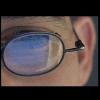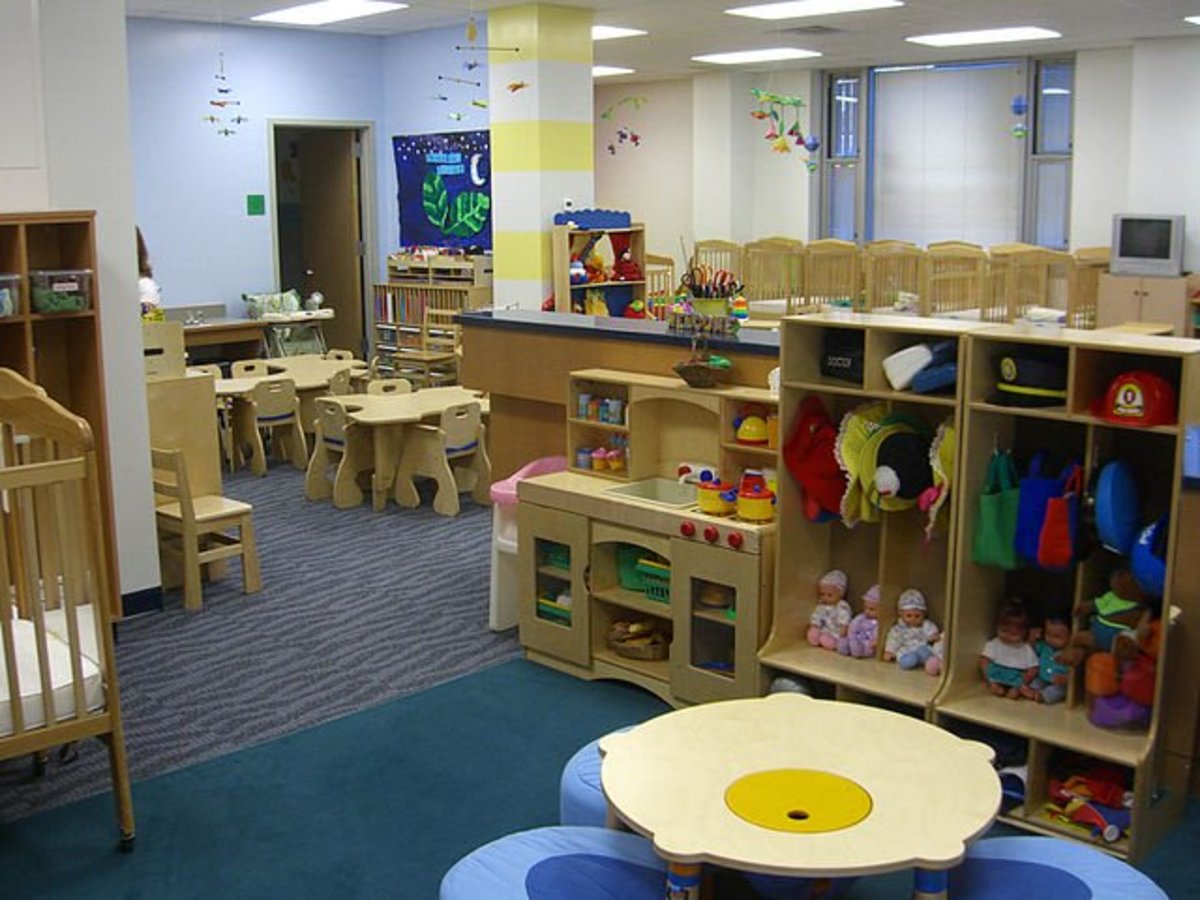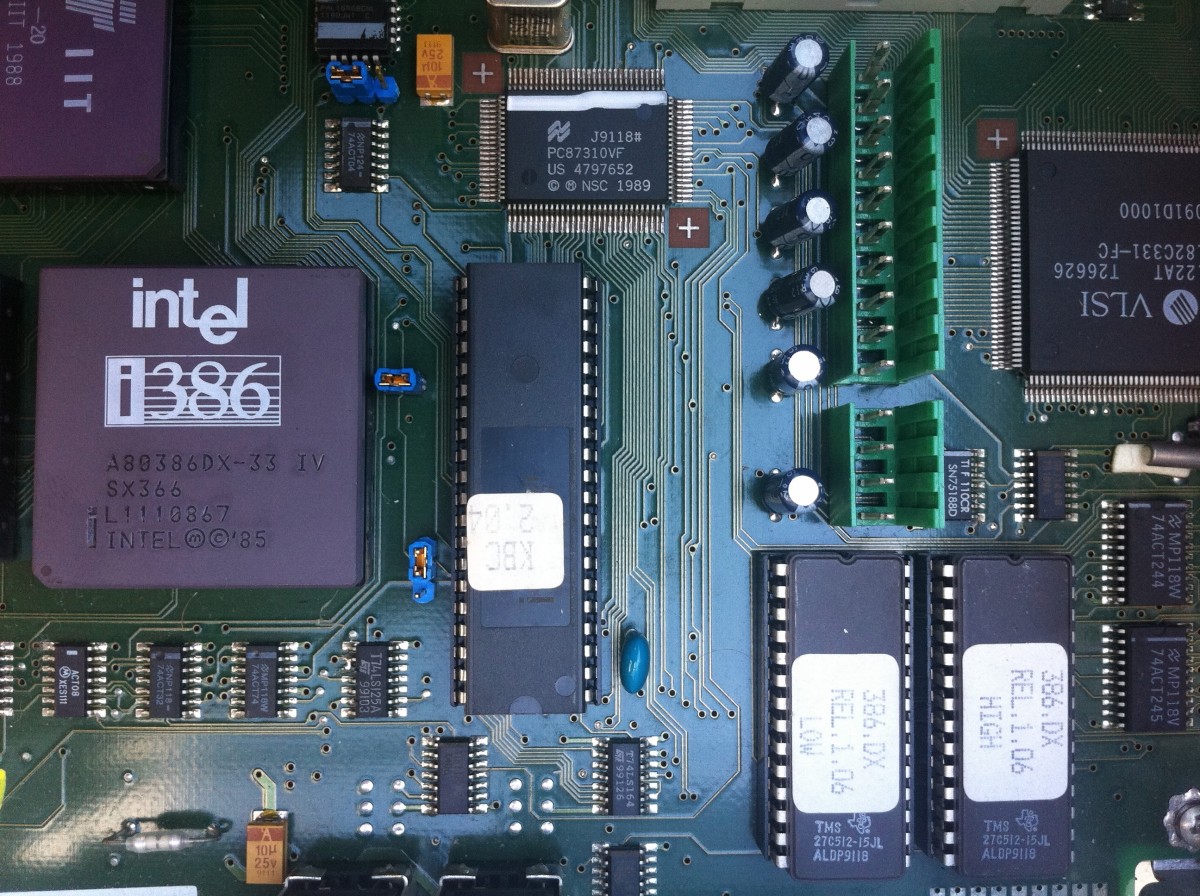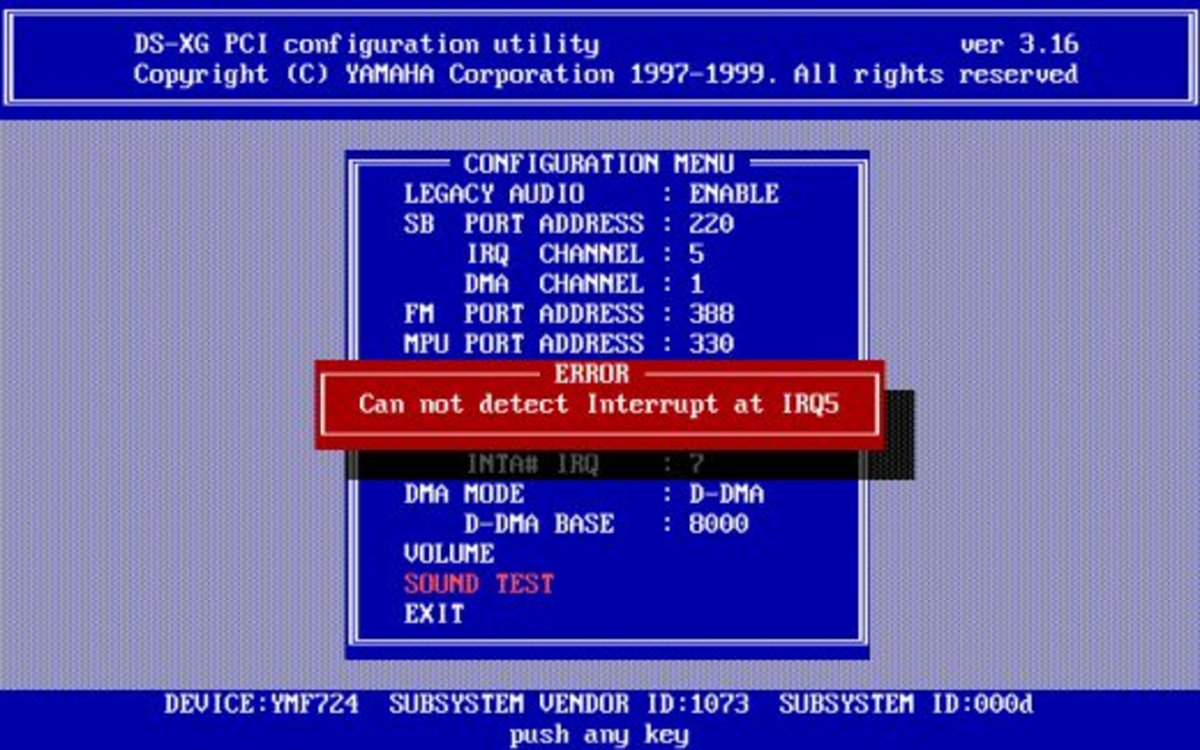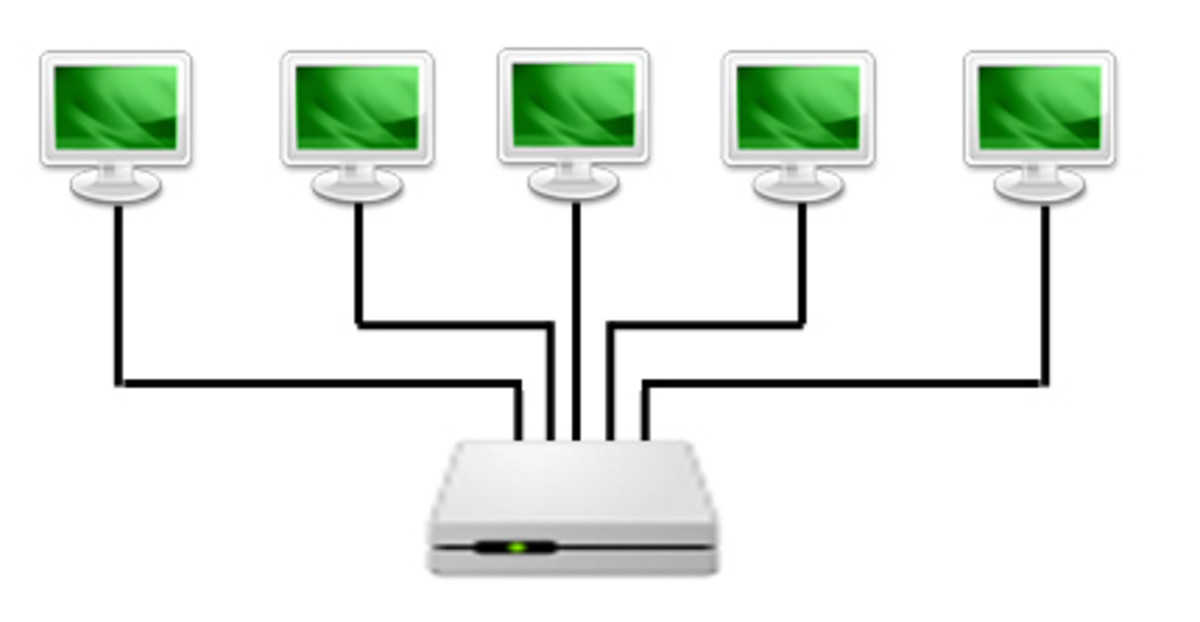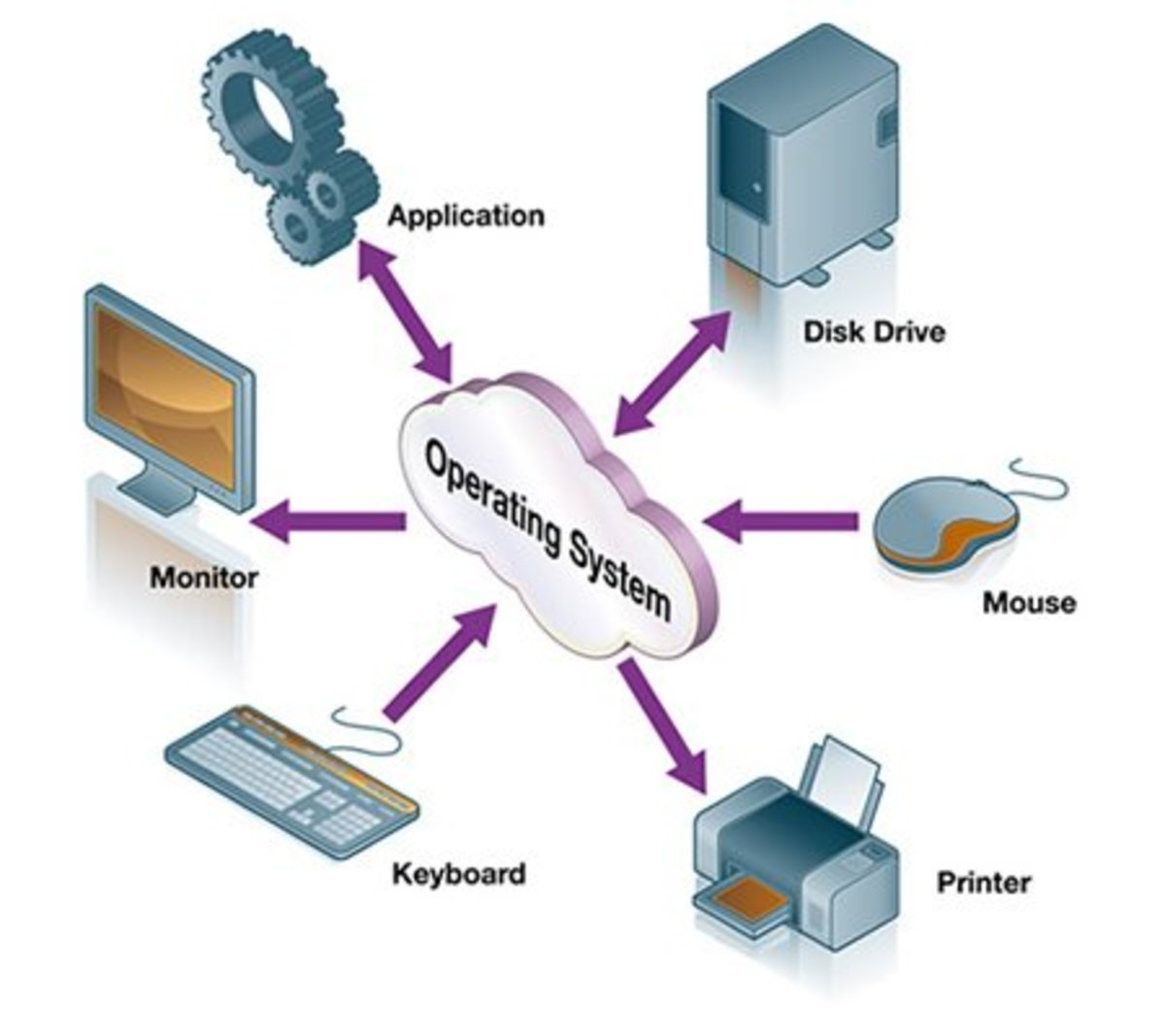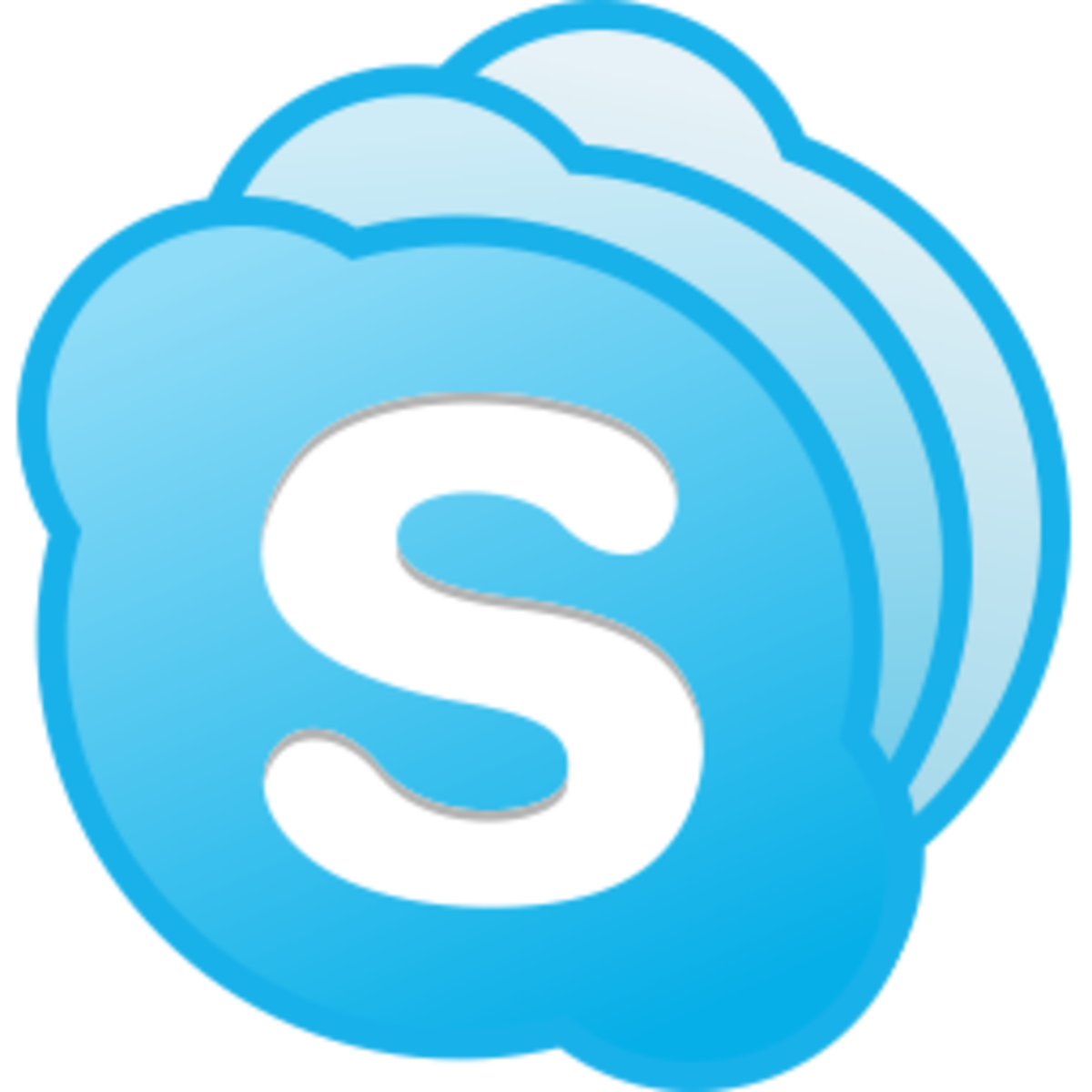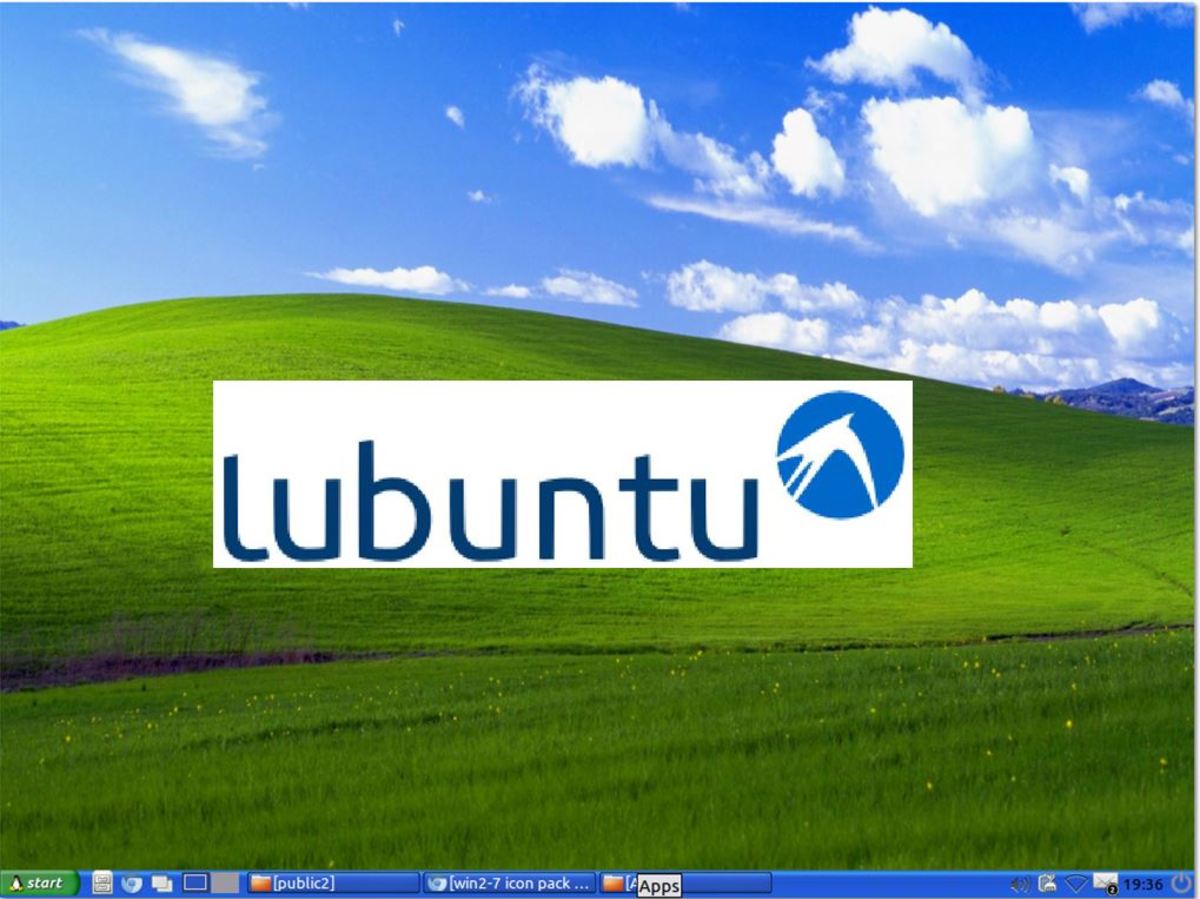Classic CCNA/CCNP Network Labbing: Hubs to Nexus (NX-OS) and Data Center ver 3 Hardware 002
My VxLAN's are Hyper-Converged - or - ALMOST Hyper-Converged
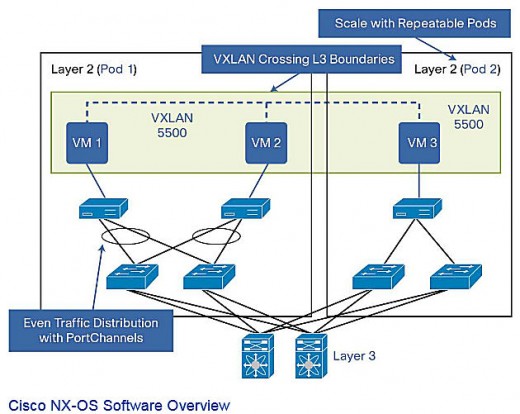
CSMA/CD and Hubs go together - Like Cisco N1000v's and ESXi
Cisco will STILL ask you what a hub is, in a test. Hubs may be recognized as a Network Repeater, or as a Network Extender, and operate as a Layer One Device. Back in the old days of the Republic, when a NIC could only send a packet 100 meters on a wire, we wanted to extend the length of our wires... So hubs boosted range by cleanly re-sending packets received, down the next 100m segment of wire. A hub is a baseball-player, it does not think, it catches the ball (any ball, EVERY ball) and throw's it towards the same direction it was heading in - no questions asked. Simple, mechanical Layer-1 action in one giant collision-domain (csma/cd). And can anybody tell me how we (currently) are using repeaters or extenders? ... Exactly, we still do, it's just that the evolution of the network has marched on and only the media has changed. Granted, a Radio-LAN repeater is not quite as simple a device as a hub. But our behaviors have not changed. We still want our hardware to reach further with greater performance, so, we wish to relay packets further (in simplest fashion possible). Hence, today's functional version of a hub, is a Radio-LAN extender for your home or biz office network. So, that's about 30 years I just covered in a paragraph. In ten or twenty more years, we may have those first-gen neural implants, but until then... We have Nexus, now.
In this article, I introduce Nexus 5k, 2k, 1k, and NX-OS, yes folks, we have moved beyond IOS. The operating system that Nexus runs on is NX-OS (hence the name, Nexus). We will of course, get much more deeply into NX-OS later. At the bottom of this article I show you the intimate relationship between the CISCO N1000v and vmWare ESXi, and SDDC's.
L-2 Bridges - MAC-Tables - Cisco IOS - vSwitches - Cisco NX-OS
As the 80's progressed into 90's and more people worked on or from digital devices attached heterogeneously. Bridges began breaking up collision domains and the first gen of intelligent packet routing began. The hardware complexity of the "in the wire" device ascended a couple of steps, and MAC tables were born. In true Cisco Fashion, Cisco began to firstly BUILD (in hardware) the performance they wanted, and now, begins the process of embedding the software within a box, or in a chip (or chips architecture) and speeding up the process, (making that baseball player, smarter and faster) became a primary concern.
Segmentation of domains and LANS into vLANS, became the rage. And hardware has simply continued this evolution until now we have Boxes of emulated boxes, emulating chips, emulating programs that manage switching and routing as a function of the Application Specific Hardware, and soon... emulating your Mother. (I think we will need quantium computers for that one tho', querulous, nosy and opinionated quantum-computers.) Meet Nexus 5k, a recent-gen Layer-3-ish switch in your Data Center just down the street... some street, not too far from you.
======================================================
Classic CCNA/CCNP Network Labbing: Hubs to Nexus (NX-OS) and Data Center ver3 Hardware 002
- https://www.facebook.com/media/set/?set=a.564955303649528.1073741834.100004051905203&type=1&
Classic CCNA/CCNP Network Labbing: Hubs to Nexus (NX-OS) and Data Center ver3 Hardware 002 on Facebook with Larger / better pix, and More Pix
A Nexus 5000 Series Switch N5K-C5010P-BF
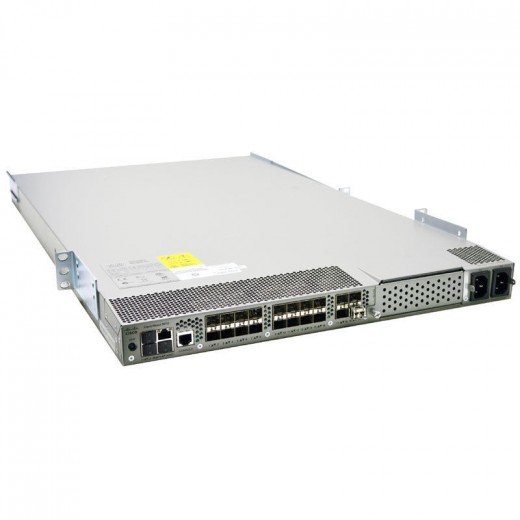
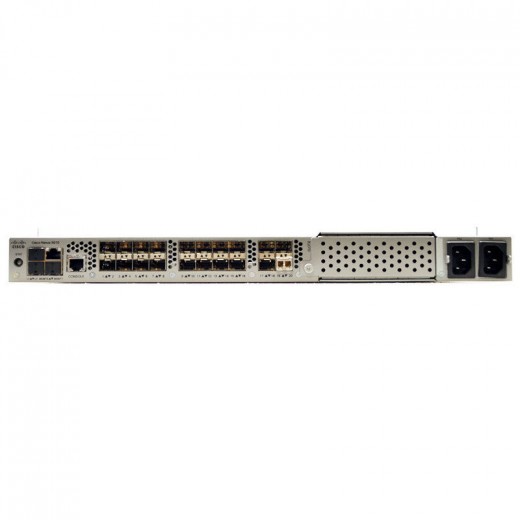
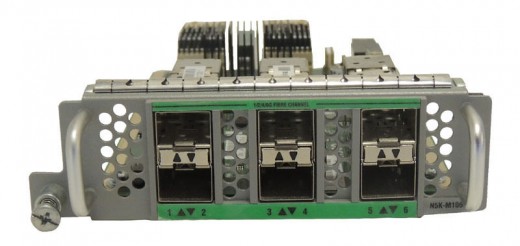
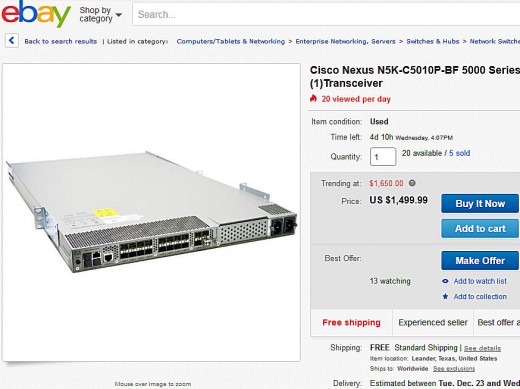
With Nexus - Cisco is heavily virtualizing all networks

Early 21st century Networking - Virtually a Reality
The Nexus-series is not your Grandfathers, (strike that), it's not your Fathers, (strike THAT one too)... it's not - YOUR -... Y2K Switching Router combo.
Yet, training with equipment that formed the infrastructure of 10 or 15 years ago, is still just fine to get a "drivers permit" to sit behind the wheel of today's data center. We call that "permit" a CCNA. Or maybe a CCNA, MCSE combo, and you may throw in a vmWare or A-Plus... In fact, you may be hard pressed to obtain A+ and vmWare certification, with a Network-Plus... (so many certifications, SO LITTLE time... eh?) But, using the Cisco training route as a guide...
After achieving a CCNP, the owners of a data center and the Architects of same... Might, after a CCNP, maybe leave you alone without adult supervision... within that data center, possibly.
Or with equivalent types of experience, ... maybe.
All this hyper-converged learning that is going on today is at the bottom-line a highly self-motivated thing. Some individuals debate the value of certifications vs degrees.
I personally know a CTO (really!) who admitted to me, "I do not LIKE to hire 'certified' technicians...". This is because he wants people who are individually motivated, have made the effort (entirely personally) has actual work experience, and can actually DO SOMETHING within his data center. A person who is well certified yet fearful and uncertain of technological basics... (but scored high as a CCNP) is essentially... USELESS. No, really... you may be a low-order yak-herder on the technological scale... perhaps, after certifying they will just sit you behind the console of 45,000 wireless access points, and it WILL be your job to sit there, 10 or even 12 hours a day sometimes, "administering" through that keyboard, and dispensing network information to techs in the field.
No, I did not "make up" that last scenario. I know a "Network Engineer" who is doing that right now. And she is very intelligent, but has, as a task-master a multi-CCIE, who's been in those trenches for about a million years, and she is just "small potatoes"... And she's a CCNP. But, she is carrying her part of the burden, and they deemed her as "appropriate" to fill (exactly) that particular position.
Still sound glamorous? It's tough. And often it simply boils down to the people you either work FOR, or work WITH... And, of course, your end users (often delightful people).
Sorry, I am "dating" myself with the phrase, "end-user"... your ... " customers ".
See my other article on "Humor as a customer service tool" here in Hub pages. Linked below.
As a "Network Guy" you will need a very very DIVERSE set of tools at your disposal, most will be intellectual tools and training. Some will be ACTUAL tools of software and hardware. Some will be emotional, and personality based... Yes, I said "personality". The quality of the person you are, and your own unique characteristics will always come into play.
Fortunately, I am a natural tool-user. I am very very good with "tools". To be a real "Homo-Sapien Technologicus" you must have a genetic predisposition toward tools and tool-usage of ALL TYPES... you must - "Be One With The Tool..." ... repeat after me, "I am THE Tool", ... "I am THE Tool'... "I Have BECOME- The Tool" ... "I AM A TOOL..."
Keep repeating that to yourself. I promise, you'll get better at it with time.
Xpecially IF you wanna do I.T. as a profession.
Humor as a customer-service tool, Parody as Comic Relief
- Humor, as a customer service tool, Word-Play, and Parody as Comedic relief
" I created The MATRIX-..." -as well as several popular video-games, including Q-bert. I did not create Frogger- ...but I named it. " Will Farrel as 'The Architect' in a matrix-reloaded parody -StvRich
That C.T.O. i was mentioning earlier (up above) in this article? He is NOT looking for (or AT) the persons certification. Not so much as you might think. A person who "gets it", and can and WILL actually take action, and is highly self-motivated... is what he is looking for. And, yes, you DO need "the appropriate skill-set", but that is what interviews are for, and also why you do need competent leaders.
And it usually just HAPPENS, that these types of people are ALSO certified... why? Because they want to BE professionals and recognized by the industry as such.
CAPABILITY- does not... does NOT ... come "from" the certification
CERTIFICATION IS A BADGE- on the uniform- the soldier marches in
"Is that a pledge-pin on your uniform? You're worthless and weak." ... [Animal House]
And, YES, today's I.T. landscape may (sometimes) be likened to a "Animal House" or jungle, but then that's the whole point. We are imposing order on chaos with this technology.
Some people would say we are expert Yak-Herders.
3550's a couple 4908's with a WAP might equal ONE Nexus Box

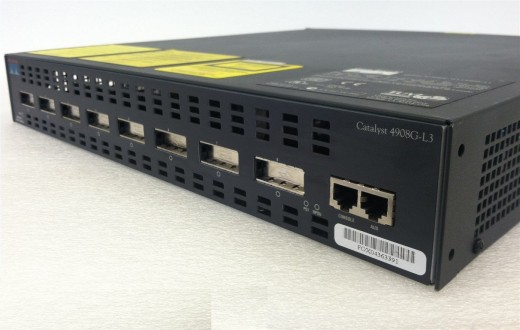
The older technology is FINE for training, and small offices
You CAN actually put this old hardware into ACTUAL service?
Why would you? Because it is strong, powerful, hardy, and good stuff- usually. (But the person who backs-it, makes the warranty implicitly- is YOU, ... usually, for your customer.) You can buy it for pennies on the dollar, and 2 or 4-Line (1xGB) ether-lines channeled will usually handle common small or medium office traffic. Go ahead and combine the separate (older) WAP's. Why Not?
I personally tended to the needs of a "small" but highly aggressive call-center. They had JUST started business. Were marketing like crazy, and growing like crazy. It was NOT a mufti-million dollar proposition or anything. (Not yet) And they did NOT have an "unlimited" budget. These guys I refer to had two different offices (same building) for two slightly different products. But they did have about 30 or 40 workstations, usually, going 24 hours a day, new trainee-agents coming in and out of service regularly, and are planning to move from Lynbrook to Mineola, relocating their offices soon.
Let's put it this way. The guy who managed the office, did all their PC / Networking too. No he wasn't a "real" I.T. guy, but he knew I.T. worked with it, setup and ran the office, and just knew he needed a new (actual) infrastructure now, due to their size and growth potential. And he was not (yet) going to pay some kid to maintain the PC's. Not until the office was more established. (Many agents were still coming and going, month by month.) Business would be good for a couple weeks, then bad...
So, old, cheap (but good) infrastructure was the ticket for them. Something big enough, scalable enough, and robust enough to "flex" when the office did, and could carry it for a few months or a year. Then, move WITH them, when they relocated. They needed extra lines, peripherals, software, and a couple of suggestions. That's all.
And the manager would still run the whole thing. Everything.
Old Cisco tech, is still GOOD tech. Period.
Nexus 5K is in the DC and N2K is Top-of-Rack hardware
Okay, so now we've got LOTS of ports, lots of cables and lots of LAN's (virtually) even a "Lan" of one wire and one port.
What we have is Nexus Five Thousand and Nexus Two Thousand switches, at work, aggregating our traffic into the core of the DC. More and more of this traffic is being determined by the "genetic structure" of the hardware itself. (this is why it is difficult to emulate the hardware of a switch) the Application Specific Integrated Circuits (ASIC's) that the switches are based upon are very difficult to emulate. And we can only do so at a tremendous loss of CPU-compute-cycles to that emulation or simulation.
It's WHY the switch exists... it is very specialized hardware. It does what it does, faster than anything on the planet. It's why voice and video goes over these channels. At the human time-frames of perception, a "hiccup" or "hesitation" or "buffering", at Terra-Flop speeds is not even comprehended by us.
That's what Nexus does. Fast stuff, at "Tera-Flops" and "MIPS", Funny words. Big Concepts. It's a hybrid result of our newest hardware and software working harmoniously together.
N5K-Cisco 5020P-BF

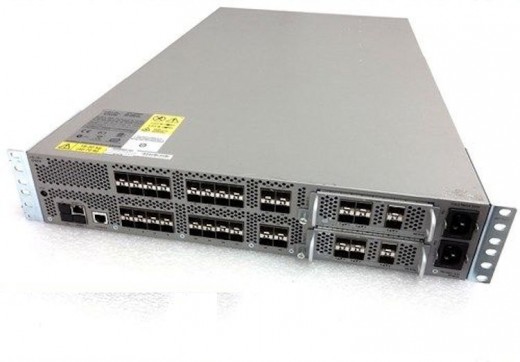
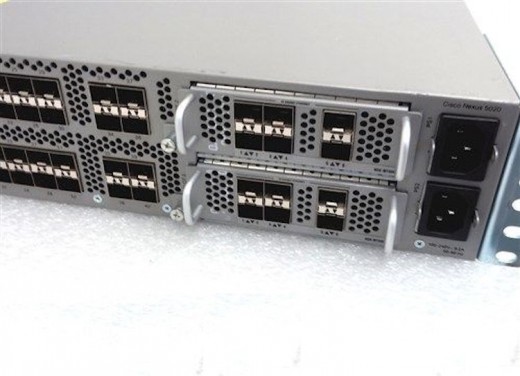

A Switch, is still 1 broadcast-domain by default
VLAN's allow us to carve up the broadcast environment into multiple (virtual) domains on the switch.
The Nexus 5K series is a "parent" switch to the Nexus 2K "Top of Rack" series. You could compare the N2K as to a 'line-card' that has been removed from the parent 5k-box, and the N2K is literally controlled by the N5K. The N2K is placed closer to the server-blades that will be plugging into the N2k's directly.
The N5K's will be in a central location, both physically, and managerially. And the Nexus Two-Thousands, will be on top of racks, and plugging into your rows of DC-servers.
These devices no longer run IOS. They run NX-OS, and that acronym is the origin of the name, 'Nexus'.
The C1000v - NO WIRES!
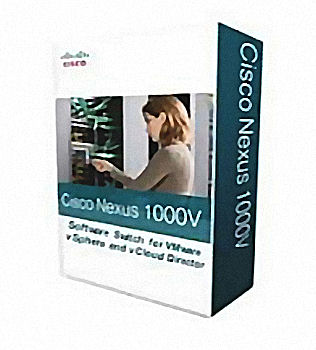
The Cisco 1000v is Software
Since we (obviously) can NOT have enough actual boxes, wires, peripherals, appliances... etc. We must begin entirely virtualizing the she-bang, and load it ALL into memory.
Obviously, we will soon be administering a huge logical block of silicone, and the data architectures we are using will be or become, purely information abstracts. But, for now, let us just consider how vmWare has their own virtual (extensible) switch. Hyper-V has it's own software (extensible) switch, and Cisco... Cisco? Are you KIDDING Me? OF COURSE they have their own software switch.
It's the Nexus 1000.
We have simply got to wonder... "What's NEXT"?
We (literally) can NOT have, in the physical sense, enough machines, network interface cards, wires, nor enough electrical power, etc... The Cisco 1000v is a software appliance designed to work with a hypervisor so you can virtualize the networking environment of our Virtual Machines and then configure our systems as if all virtual servers have connections to a physical switch (including the administrative capabilities of that switch) with multiple VLAN's per virtual interface, layer-3 options, secuirty features etc.
For every "block" of VM's you run an instance of the 1000v appliance (in it's own virtual machine) and it acts as the "Virtual Supervisor Module", but then on each node under it you have a client or "Virtual Ethernet Module" (VEM) a specialized vSwitch which replaces the standard vSwtich. The VSM normally runs as a virtual appliance in an ESX/ESXi cluster but it is possible to run the VSM on a dedicated server. The N1010 and the N1010x. A switch of the N1000 series can run multiple VSM's and additional services as a Network Analysis Module (NAM). For organizations where there is a strict boundary between network management and server management, network admins can avoid dependency on the VSM running as a virtual machine within the ESX cluster.
VEM uses the vmWare Distributed Switch (vDS) API which is the Love Child of vmWare and Cisco's work, together. (RedHat and Citrix were involved also.) And, besides offering the NX-OS for management as well as monitoring, the new virtual switch also supports LACP link aggregation where standard virtual switches only support static LAG's.
We will deal MORE with Nexus, later.
"Yaks"... he keeps mentioning YAKS!
- Yak Shaving Defined - I'll get that done, as soon as I shave this yak. - Scott Hanselman
Scott Hanselman on Programming, User Experience, The Zen of Computers and Life in General
DAMN The YAKS!!! Full-Speed-Ahead!

